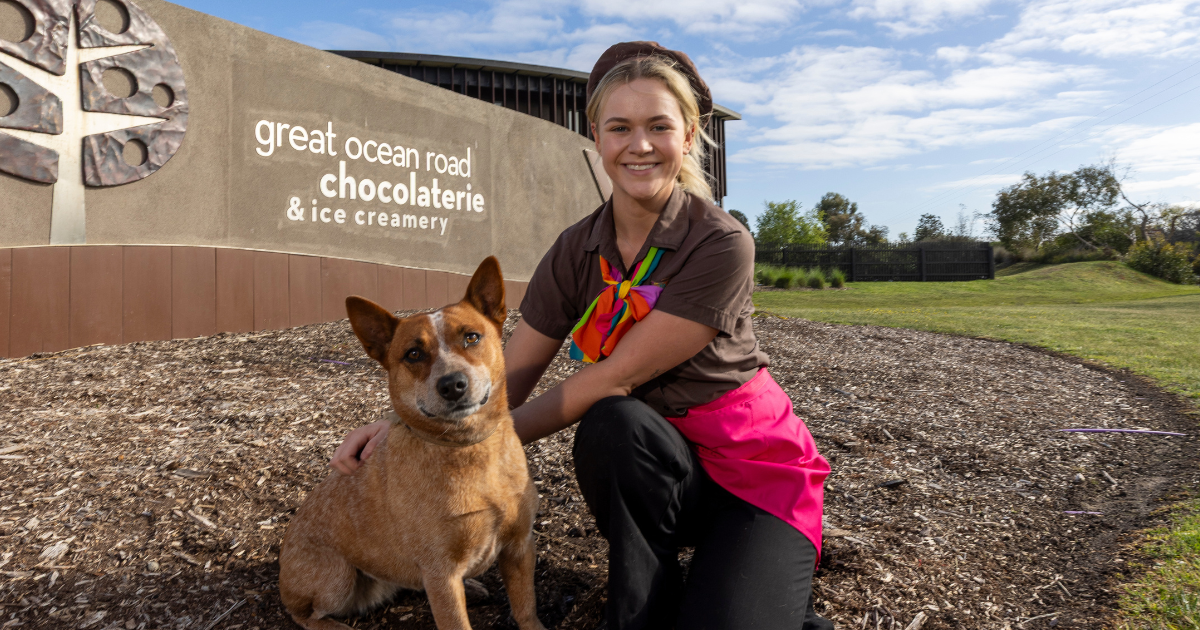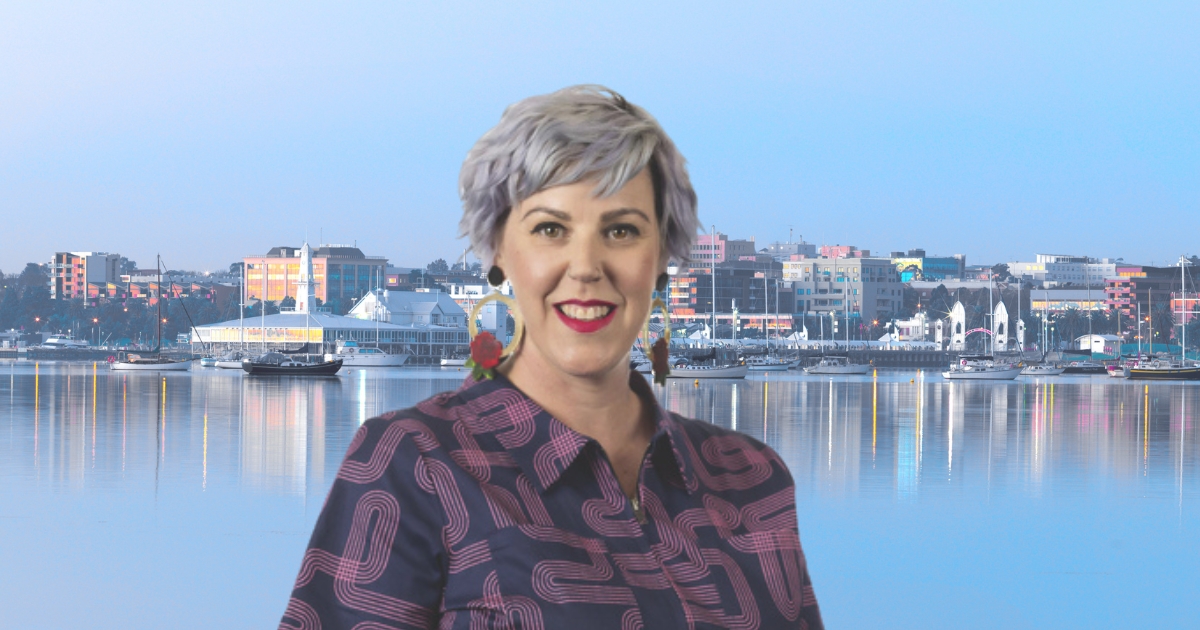Extreme solar storm triggers stunning Southern Lights display

A Starlink satellite train glided across the sky against the stunning backdrop of a geomagnetic storm-induced Southern Lights display on Saturday night.
A DAZZLING display of auroras lit up the night skies across the region on Saturday, as an intense geomagnetic storm rated G5, the highest level on the global G-scale, unfolded.
This extraordinary event, typically seen near polar regions, was observed in many parts of the world.
The Northern Lights (Aurora Borealis) graced northern skies, while the Southern Lights (Aurora Australis) illuminated the southern hemisphere, showcasing a rare and beautiful global spectacle.

On the Surf Coast, lookout car parks, usually the domain of the region’s nocturnal star-crossed lovers, were bustling with star gazers from sunset onwards.
This rare event, not observed since 2003, made the auroras visible far beyond the regions where they are usually seen.

The Bureau of Meteorology’s Australian Space Weather Forecasting Centre issued a G5 geomagnetic storm warning early Saturday.
“This event resulted from four Coronal Mass Ejections (CMEs) observed on Wednesday, May 8, at 3:36 pm AEST and 10:24 pm AEST, and Thursday, May 9, at 8:24 am AEST and 7:36 pm AEST,” the statement read.

Geomagnetic storms, caused by changes in solar wind and solar eruptions known as coronal mass ejections, disrupt Earth’s magnetosphere.
These storms propel charged particles from the sun into Earth’s atmosphere, where they interact with gases like oxygen and nitrogen, resulting in the emission of light that creates the vivid greens, yellows, and mesmerising reds and purples of auroras.

The G-scale measures these disturbances, with G1 indicating minor disruptions and G5 indicating extreme conditions.
According to the Bureau, at the G5 (extreme) level, potential impacts include widespread disturbances to power grids and satellite services, affecting communications and navigation systems that depend on high-frequency radio transmissions.
Earlier in the evening, at around 7:15 pm, the celestial display was briefly joined by a string of Starlink satellites.
As they glided across the sky, many onlookers were initially unsure of what they were witnessing.
One resident from Jan Juc described the sight as resembling “Santa’s sled.”

These satellites, part of Elon Musk’s project to provide global internet coverage, orbit the Earth at about 550 kilometers and are often referred to as ‘satellite trains’ due to their closely spaced formation, resembling the carriages of a train gliding across the night sky.
The 20 Starlink satellites were launched from Vandenberg Space Force Base in California on Friday evening, Melbourne time, and will be visible in low Earth orbit for short periods over the coming days.


















